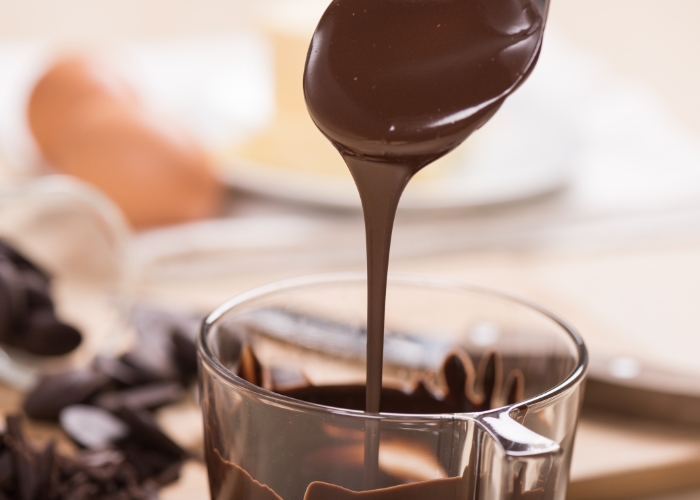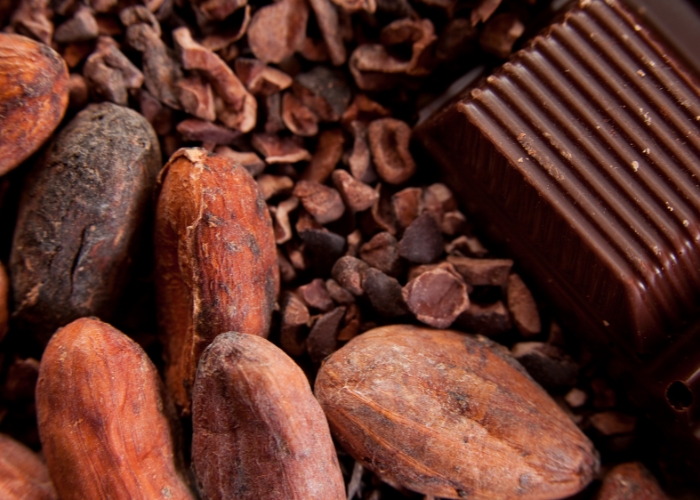Couverture chocolate – a term tossed around in culinary circles, often leaving many wondering, what sets it apart from the rest. Let's cut through the jargon and get straight to the heart of the matter.
In essence, couverture chocolate is not your run-of-the-mill chocolate bar. It's the Ferrari in the world of chocolates, prized by Pastry Chefs and chocolatiers for its high cocoa butter content. This elevated cocoa butter percentage – a minimum of 32% – contributes to its exceptional melting properties, making it the go-to choice for professional chocolate work.

The magic lies in tempering. Couverture chocolate, when tempered correctly, yields a glossy finish, a satisfying snap and a smooth texture - characteristics that elevate it beyond the realm of your average chocolate. It's the secret sauce for coating truffles, moulding chocolate and achieving that flawless finish on your desserts.
What sets couverture apart isn't just its luxurious mouthfeel but its versatility in the kitchen. Its fluid consistency makes it ideal for enrobing and coating, ensuring a thin, even layer that accentuates the flavours within. Whether you're crafting delicate bonbons, moulding intricate shapes or enrobing a luscious cake, couverture chocolate is the tool of choice for culinary artisans.
Let's be clear – couverture chocolate isn't your casual snacking chocolate. Its high cocoa content demands a discerning palate, appealing to those who appreciate the nuanced flavours of premium cacao. While it may come with a higher price tag, the investment is justified for those who seek to elevate their chocolate creations from the mundane to the extraordinary.
Couverture chocolate has been created with chocolate work in mind, incorporating a higher percentage of cocoa butter than other varieties to improve stability and make tempering easier. Some brands of couverture, such as Lindt, are sold pre-tempered (though will need to be re-tempered once melted).

Cooking chocolate (sometimes referred to as baking chocolate), generally contains a smaller percentage of sugar than eating chocolate, making it easier to control the sugar content of your recipe. As it is usually used in baking, cooking chocolate is sold untempered. Compound chocolate (what most mass-produced candy bars and supermarket confectioneries are made with) replaces cocoa butter with palm or vegetable oil, making them cheaper but inferior in flavour and texture.





